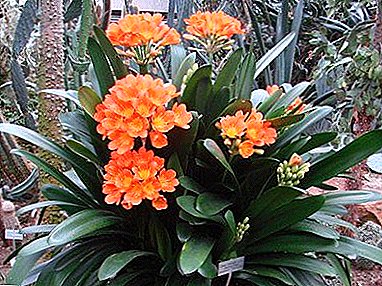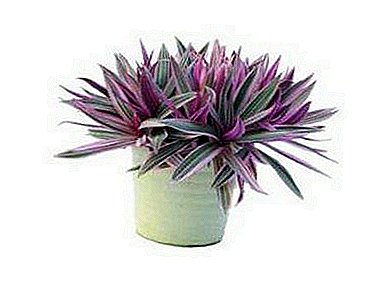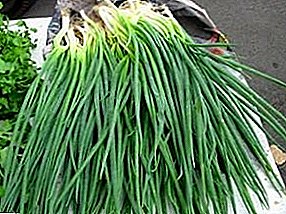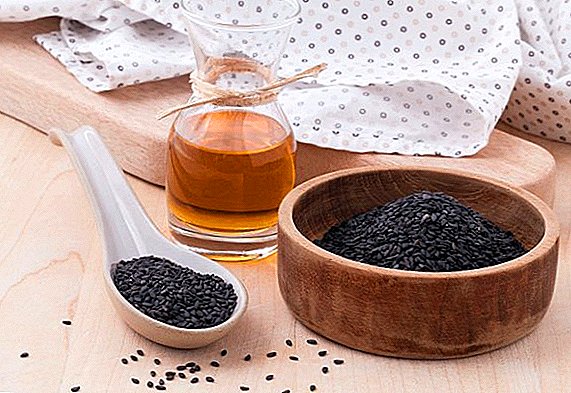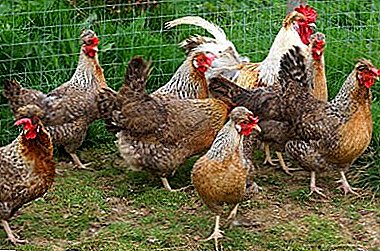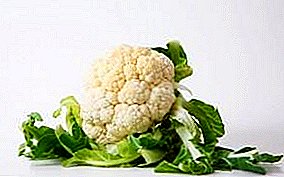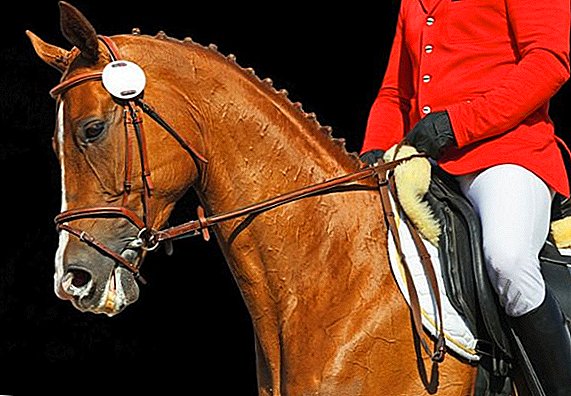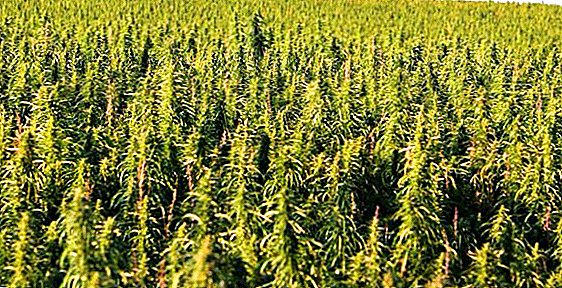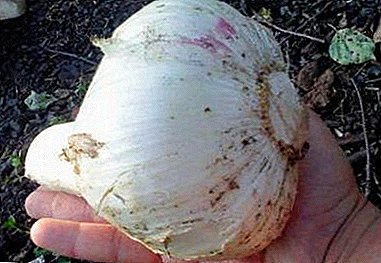
Nowadays, more and more gardeners are interested in planting various foreign fruit crops on their plots.
This is explained not only by the pursuit of the exotic, but also by the higher yield, efficiency and taste of these vegetables.
One such plant that is becoming increasingly popular is rocambol. Its large, garlic-like Rokambol bulbs will not leave indifferent any vegetable grower. In the article you will learn about it in detail, read how to grow it and store it.
Everything about him: what is it, what is called, what properties does it have?
The name "rocambol" comes from European countries, although the culture itself came to us from Central Asia, where it still occurs in the wild. Its other names: hair bow, Egyptian onion, Spanish garlic or elephant garlic are also used in different states.
For example, a close relative of Rokambol grows in Siberia - wild garlic, similar to garlic onion, both in taste and in composition. Therefore, in Siberia, you can often find rokambol called "garden garlic". We most often call it "onion-garlic", and in America "elephant garlic" (Elephant Garlic).
It's all about the size and properties of Rokambolya. Planted in fertile soil, it can reach 80-120 cm in length and weigh about 400 grams. The weight of each individual cloves will vary from 50 to 80 grams. Rokambol plant has properties and onions, and garlic.
Even the smell and taste of it reminds both of these vegetables at the same time, so it fully replaces them in many dishes. In addition, rocambol is used in traditional medicine to treat a wide range of diseases.
Nowadays, it is actively grown and consumed in Europe, China, Korea, Japan and the North Caucasus. Also, rokambol is one of the most popular vegetables in the Mediterranean countries. And this is not surprising. The plant is very unpretentious, well kept and gives a wonderful harvest - more than 42 tons per hectare.
Botanical description
Bulb of rokambol is a large root of 200-300 gramscovered with white fibrous scales, which consists of four to six cloves. By the time of ripening on the main bulb can grow about five cloves, children, located in the lower part of the root. Such teeth are usually covered with a dense shell of yellowish color. Upon further disembarkation, it is recommended to remove it.
The stalk of Rocambolla forms a high arrow up to 1.2 m in height with a spherical inflorescence consisting of small lilac flowers that look like small bells. Inflorescence does not form seeds and does not represent nutritional value. Experts recommend to immediately remove these inflorescences, so as not to waste the energy of the plant in vain.
Also rocambol forms about six or ten thick leaves, flat, with silver wax coating. They are edible, very rich in vitamins, phytoncides, carotene and large amounts of ascorbic acid or vitamin C.
Photo hairstyle
Further in the photo you can see how the onion looks like a haircut or elephant garlic.




Cultivation: planting and care at home
The first step to growing this wonder will of course be the acquisition of seeds. In Moscow and St. Petersburg, you can buy them for as low as 25p. per child in almost all stores dedicated to vegetable production. Residents of the regions will most likely have to order seeds online.
The most favorable time for planting onions and garlic is early spring before the start of sap flow. Also, planting is possible in the fall, but it is necessary to take into account the harsh winters of our climatic zone, in which the plant will not always save even hiding. If the temperature drops to -15 degrees, the rocball ball will most likely not survive.
Before planting, it is necessary to loosen the soil 15-20 centimeters deep and moisten it abundantly. So the plant will feel more comfortable. Also, it is advisable to cultivate the soil in advance with humus or compost. This will require approximately half a bucket and 2-3 glasses of ash per square meter. Many experienced growers are advised to prepare the beds for future planting in the fall.
Important! The beds should be located where they will receive the maximum amount of sun.
Once the soil is prepared, you can start planting. Seeds of rokambol need to prepare for a couple of days. If the bulb consists of cloves, then they need to be separated and peeled. At night, planting material is better to soak in water or a weak solution of manganese.
Another important factor is the distance between the beds. It should be about 25-30 cm, and the distance between crops in the region of 20 cm. Teeth land 6-10 cm deep. If the seeds are large, it is desirable to place them less often and deeper.
After planting the beds should be filled with earth, and then the mulch layer of peat, humus or compost. This will keep the ground loose and moist, allowing the plants to climb faster.
The beds must be regularly watered., and loosen the ground, while removing sprouted weeds.
If the plants begin to weaken, and the leaves lighten up to a pale green color, they must be fed. Nitrogen fertilizers are excellent for these purposes, and closer to autumn are phosphorus-potassium fertilizers.
Harvesting and Storage
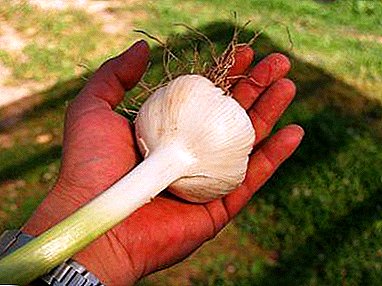 Harvest can be collected in September. As soon as the leaves and the outer part of the bulbs begin to turn yellow and dry out, the rocket ball must be dug, dried, carefully cleaned from the ground and kept for two weeks in the light. If this is not done, the shelf life of the hair bow will be significantly reduced.
Harvest can be collected in September. As soon as the leaves and the outer part of the bulbs begin to turn yellow and dry out, the rocket ball must be dug, dried, carefully cleaned from the ground and kept for two weeks in the light. If this is not done, the shelf life of the hair bow will be significantly reduced.- After drying, the stems should be cut, or weave into pigtails, as is often done with a bow. It is better to store cut-off heads of a rokambol in nets or wooden boxes.
- Before storing, you must carefully inspect the bulbs for damage. Whole heads will be stored longer, so damaged ones should be used first.
Reference! Storage of a rocambole does not require a special cold room and is well kept at home at room temperature.
Diseases and pests
Due to the large number of phytoncides, the hair bow is not susceptible to pests, and therefore does not need special treatment during storage and cultivation. Also, rokambol is resistant to almost all known diseases. That is, the plant can die only as a result of improper care or lack of nutrients.
Seed producers increasingly recommend rokambol. The result of growing hair onion will suit any vegetable grower or summer resident. Its yield is much higher than that of traditional garlic, the teeth are larger, and the taste composition of the chemical composition, it can compete with both of his fellows. Not surprisingly, rocambol is becoming increasingly popular in our regions. It will take quite a bit of time before it can be found in almost any garden.


 Harvest can be collected in September. As soon as the leaves and the outer part of the bulbs begin to turn yellow and dry out, the rocket ball must be dug, dried, carefully cleaned from the ground and kept for two weeks in the light. If this is not done, the shelf life of the hair bow will be significantly reduced.
Harvest can be collected in September. As soon as the leaves and the outer part of the bulbs begin to turn yellow and dry out, the rocket ball must be dug, dried, carefully cleaned from the ground and kept for two weeks in the light. If this is not done, the shelf life of the hair bow will be significantly reduced.